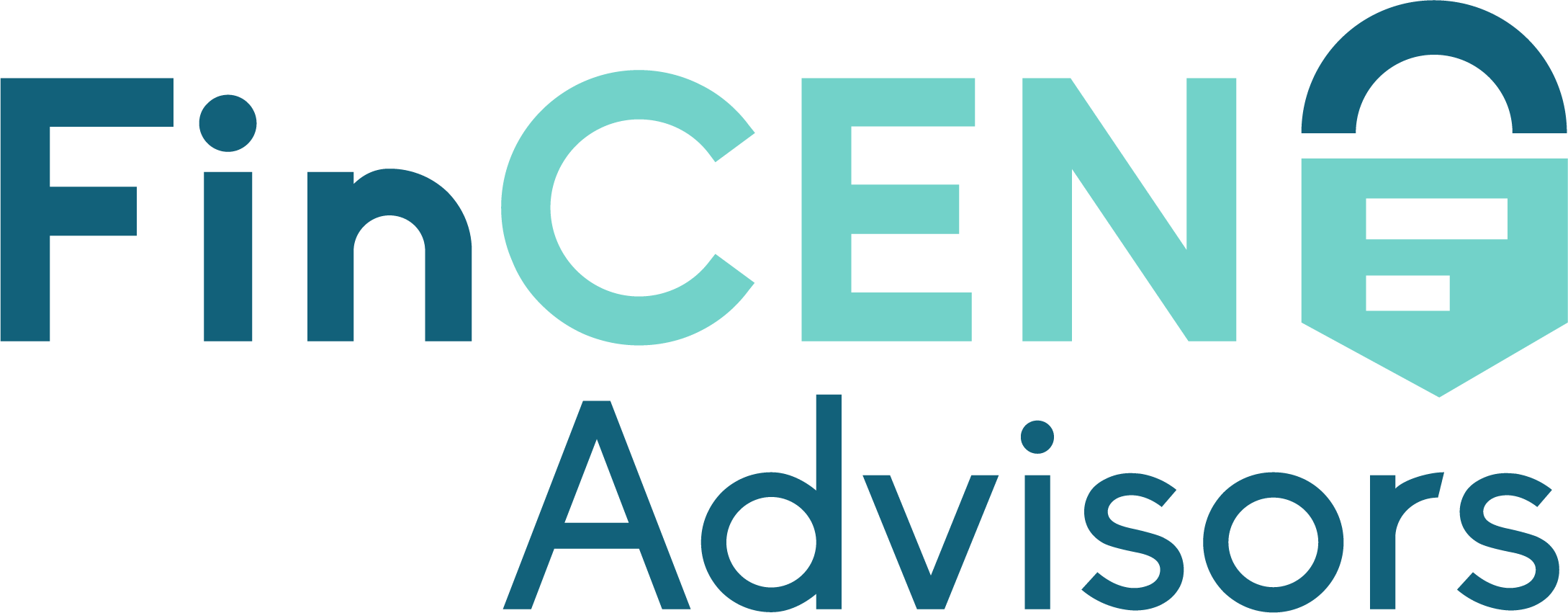Los organismos reguladores parecen cambiar constantemente los requisitos de información. Descubra cómo posicionar su empresa para seguir siendo adaptable.
Principales conclusiones:
- Legislación como la Ley de Transparencia Empresarial se aplica para regular el panorama empresarial, aumentar la transparencia y minimizar los delitos financieros.
- Anticiparse a los cambios normativos exige una atenta vigilancia del sector y la colaboración con expertos jurídicos y en cumplimiento de la normativa.
- Céntrese en mejorar la comunicación y la formación e integre la tecnología adecuada.
Las empresas se enfrentan a diversas directrices de cumplimiento normativo que parecen aumentar cada año. Hoy en día, un aspecto fundamental del cumplimiento de la normativa es la presentación de informes sobre la titularidad real. A medida que los gobiernos y los organismos reguladores intensifican su atención a la transparencia y la rendición de cuentas, el panorama de los requisitos de información está experimentando cambios significativos.
Muchas empresas luchan por cumplir la normativa debido a los detallados requisitos que deben satisfacer y a los continuos cambios que deben seguir y a los que deben adaptarse. Esto conlleva riesgos empresariales como multas, sanciones y problemas legales.
Este artículo ofrece ideas y estrategias para anticiparse y adaptarse más eficazmente a la normativa. cambios en la información sobre beneficiarios efectivos y más allá.
¿Por qué se produce el cambio normativo?
Los cambios normativos se producen con frecuencia y siguen remodelando el gobierno corporativo. Estos cambios se producen debido a muchos factores, principalmente para establecer un entorno empresarial global más transparente y responsable. En cuanto a la información sobre la titularidad real, la Ley de Transparencia Corporativa (CTA), aprobada en 2021 y promulgada en 2024, estableció nuevas normas de información para muchas empresas con el fin de crear más transparencia corporativa.
Estas preocupaciones aumentan en todo el mundo a medida que los organismos reguladores se centran más en la lucha contra los delitos financieros, el blanqueo de capitales, el fraude fiscal y el terrorismo. Los cambios en los requisitos de información sobre la titularidad real se derivan de un impulso mundial para identificar mejor a las personas que están detrás de las entidades corporativas. Las colaboraciones internacionales, como la Grupo de Acción Financiera Internacional (GAFI), desempeñan un papel fundamental en el establecimiento de normas que influyen en las regulaciones nacionales, instando a los países a alinear sus requisitos de información con las mejores prácticas mundiales.
A medida que las amenazas financieras evolucionan y se hacen más sofisticadas, los organismos reguladores tratan de perfeccionar las normas de información para mantenerse al día. Los cambios introducidos en las normas de información sobre la titularidad real son una medida proactiva para reforzar las defensas contra las actividades ilícitas y salvaguardar la integridad de los sistemas financieros.
Estos cambios normativos pueden afectar significativamente a empresas de todos los tamaños. La demanda de una mayor transparencia impone una mayor carga de cumplimiento a las organizaciones, lo que exige una revisión de los procesos internos de información y un enfoque más proactivo.
Estrategias para anticiparse a los cambios normativos
Entonces, ¿qué medidas debe aplicar para anticiparse a los cambios normativos? Acciones sencillas pueden situar a su empresa en una posición de cumplimiento mucho mejor. He aquí algunas estrategias que puede poner en práctica:
- Comprometerse con el sector a través de la promoción y la creación de redes profesionales.
- Mantener un equipo de cumplimiento de la normativa que se mantenga informado sobre las modificaciones y tendencias futuras y potenciales.
- Establezca un sistema proactivo de supervisión normativa que funcione en tiempo real con herramientas de automatización y análisis predictivo.
- Colabore con expertos jurídicos y en cumplimiento de la normativa especializados en su sector.
- Deben realizarse evaluaciones periódicas de los riesgos para tener en cuenta los factores de cumplimiento internos y externos.
- Cultive una cultura de cumplimiento, transparencia y concienciación con materiales educativos y oportunidades de formación.
Con estos métodos, podrá anticiparse más eficazmente a los cambios normativos, mitigar los riesgos asociados y adaptarse al cambiante panorama del cumplimiento de la normativa.
Cómo elaborar un plan de cumplimiento adaptativo
La adaptabilidad es esencial para el cumplimiento continuo. Crear un plan de cumplimiento flexible que responda con prontitud a los cambios normativos es crucial para navegar por el dinámico panorama de la gobernanza.
El primer paso consiste en sentar unas bases sólidas mediante un seguimiento continuo de la normativa. Establezca un equipo especializado o utilice herramientas automatizadas para estar atento a las novedades legislativas. Revise con regularidad las publicaciones del sector y los anuncios gubernamentales y participe en los foros pertinentes para mantenerse a la vanguardia. Este enfoque proactivo garantiza que su organización no se vea sorprendida cuando se produzca un cambio.
Una vez que su organización conozca los posibles cambios, lo siguiente es crear un grupo de trabajo interdisciplinar sobre normativa. Este equipo debe incluir representantes jurídicos, de cumplimiento, de gestión de riesgos y de unidades de negocio críticas. Reúna a expertos de distintas especialidades para que el equipo pueda evaluar la impacto de los cambios normativos sobre diversos aspectos de la organización.
Desglosar los procesos de cumplimiento en componentes manejables, cada uno con responsabilidades claramente definidas, para infundir más agilidad. Esto permite realizar ajustes más rápidos cuando surgen nuevas normativas, lo que permite una respuesta más flexible. Revise y actualice periódicamente estas partes móviles para adaptarlas a los cambios en los requisitos empresariales, garantizando que su plan de cumplimiento se mantiene actualizado y eficaz.
Mejorar la comunicación, la formación y la tecnología
La formación y la comunicación serán elementos fundamentales para el éxito de cualquier plan de cumplimiento. Los equipos necesitan oportunidades de formación periódicas y exhaustivas para comprender las leyes actuales, lo que significan para el cumplimiento y los riesgos que conlleva el incumplimiento. Una política de comunicación abierta garantiza que todos se mantengan en la misma línea y al tanto de lo que ocurre en el sector más importante.
Además, los equipos internos deben apoyarse en las nuevas tecnologías para facilitar la adaptabilidad en el cumplimiento de la normativa. El software de cumplimiento normativo puede automatizar el seguimiento de todos los cambios normativos, evaluar su impacto en la organización y agilizar los procesos. La tecnología puede reducir significativamente el esfuerzo manual necesario para mantenerse al día de las leyes y normas cambiantes.
Apoyarse en expertos jurídicos y en cumplimiento de la normativa
Trabajar con un profesional es una de las mejores medidas para anticiparse y adaptarse a los cambios normativos. Hablar con expertos legales y en cumplimiento normativo sobre las nuevas normativas y tus obligaciones como empresa te garantiza que estás siendo proactivo y que sigues cumpliendo la normativa, independientemente de las nuevas directrices que surjan.
Los requisitos de información sobre la titularidad real pueden acarrear graves multas y sanciones, por lo que debe hacer todo lo posible para proteger su empresa. Esto significa mantener el cumplimiento de la información y la revisión continua de sus políticas y procedimientos.
FinCEN Advisors entiende que cumplir la normativa es un proceso interminable que requiere vigilancia y adaptabilidad. Le ayudamos a comprender leyes y reglamentos complicados, a entender por qué existe la ley y cuáles son sus obligaciones. También simplificamos el proceso de información.
Póngase en contacto con los asesores de FinCEN para hablar con un experto en cumplimiento de la normativa.









